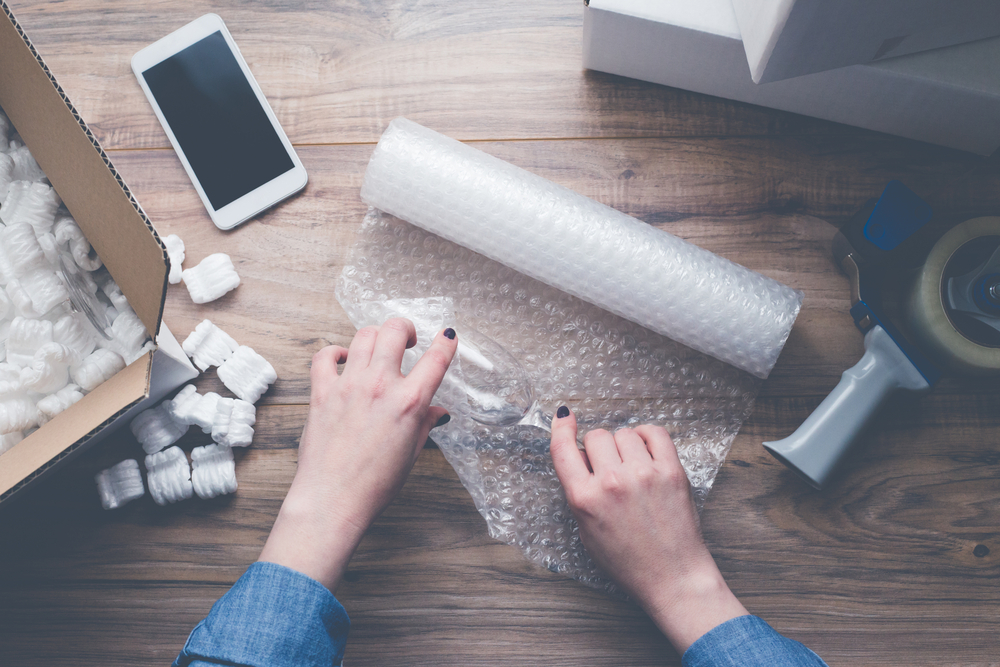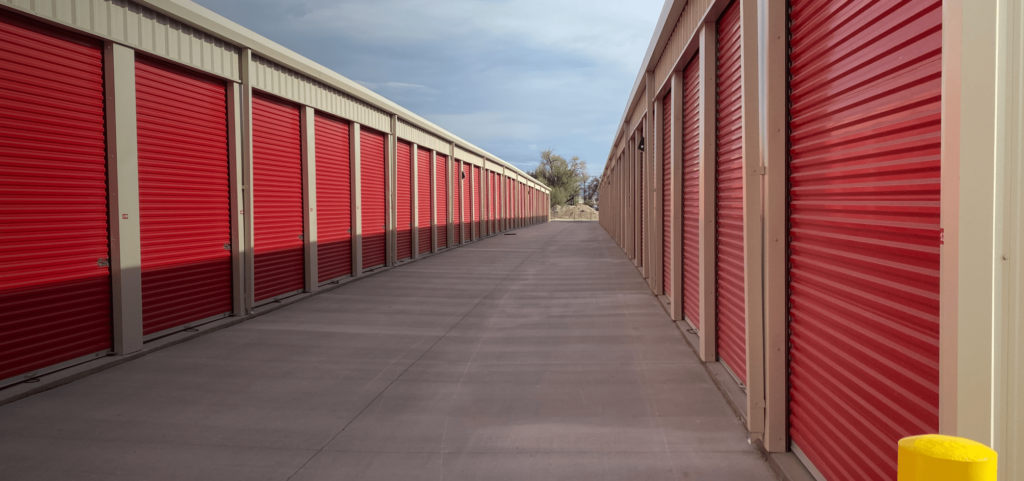BLOG
SHARE

December 5, 2018Uncategorized
How to Store Commonly Stored Items
Storage units are usually used to store common items. Boats, furniture, electronics, and appliances are some examples of the most commonly stored items. There are definitely some exceptions to these, as some very unusual and interesting items have been found in storage units, but for the most part, people tend to store similar items in storage units. If you own a storage unit already or are thinking of getting one, here is a guide to how to safely store some of the most commonly stored objects.
Furniture
- If you can, it’s a good idea to hire a professional to clean and prepare furniture for storage. This is especially true if you’ll be storing the furniture for a long time — they’ll know how to preserve it properly so it will look good as new once you take it out.
- Place the furniture on plastic or wooden pallets to prevent moisture from getting trapped beneath them.
- Store sofas, chairs, dressers, and other large furniture the way they would normally stand to prevent them from becoming damaged.
- If you will be storing items on top of your furniture, separate them with a blanket, bubble wrap, or another form of protection to prevent the items from getting scratched or torn.
Electric Appliances
- Make sure they are clean and dry before storing them to prevent rotting, rusting or mold.
- Place a thin blanket or sheet over them to avoid dust collection.
- Do not store anything on top of your appliances.
- Keep all appliances assembled to avoid losing parts.
Vehicles
- Keep some gas in the tank to prevent internal rusting.
- Use a cover to keep dust out and to provide an extra layer of protection.
- Disconnect the battery to reduce the risk of it leaking.
- Clean it thoroughly, inside and out.
- Use car jacks to lift the car and relieve pressure from the tires, which can flatten over time.
Antiques, Collectors’ Items, and Other Valuables
- It is recommended that you store antiques and valuable items in a storage unit with temperature and humidity control to help preserve the items.
- Use a blanket, cushion, or any other form of protection to keep them from direct contact with the ground.
- Don’t lean paintings or other items against the wall.
- Use bubble wrap, thick blankets or boxes to cover items that you do not wish to be scratched or damaged.
- Disassemble large, fragile items and store them in protected boxes.
- Buy insurance for expensive items that will protect them against damage or theft.
you may also like
Home Renovation Havens: Storing Your Belongings Safely During Remodeling
Renovating your home can be an exhilarating venture, promising to transform your living space into a more…
Moving Made Easy: The Benefits of Using a Storage Facility in Utah During Relocation
Relocating to a new home is an exciting chapter in one’s life, offering fresh beginnings and opportunities….



